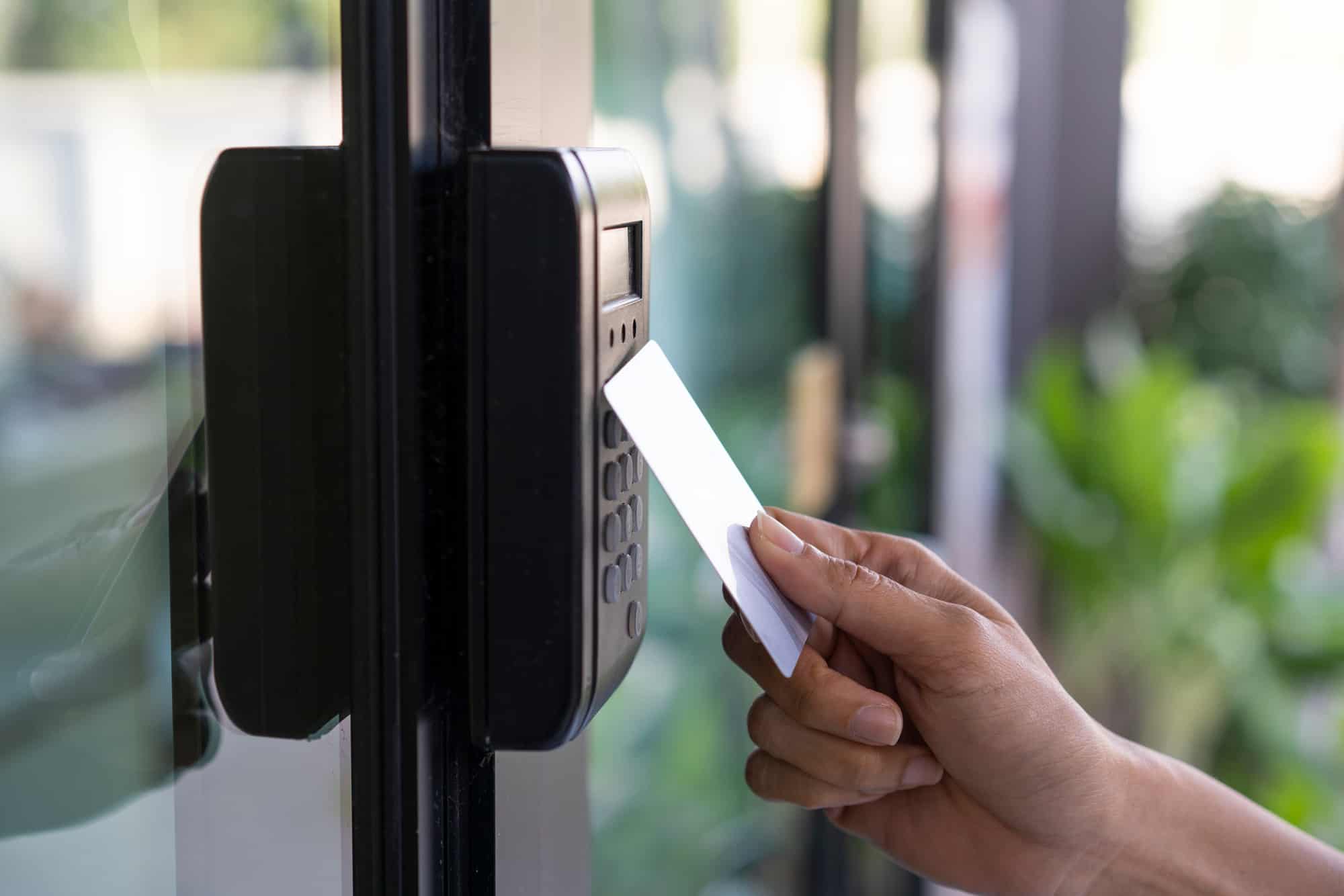You want your business to be as safe as possible as you run it. It’s essential as the safety of your employees, customers, and other stakeholders relies on it.
However, intrusion attempts are common, and they’re causing harm to companies. These include cyber threats like phishing scams, Trojans, and malware or physical risks like vandalism, arson, and burglary. A successful attempt leads to fear-mongering, which creates a negative experience for all stakeholders. And if an attacker gets confidential information like credit card details from the customers, they’re likely to use it for personal gains. If this happens, clients blame the establishment, resulting in multiple legal claims.

As such, entrepreneurs are already investing in modern physical security tools to prevent intruders. Aside from protecting their premises, they also upgrade their cybersecurity protocols with a team of information technology (IT) experts. You may check out KDIT’s team of cyber experts or similar service providers to learn how they can help you prevent cyber intrusions.
Here’s a list of ways to protect your company from intrusion attempts:
-
Assess Your Building Security Posture
Before investing in anti-intrusion technology, evaluating your building’s security posture is a must. A risk assessment reveals vulnerabilities in your establishment, which may attract criminals. For instance, you might discover non-functional surveillance cameras or insufficient security guards, leaving gaps in your defense. Investing in commercial security systems tailored to your needs can address these vulnerabilities effectively.
Assessing your company’s weaknesses allows you to formulate plans for risk mitigation before a threat happens.
-
Strengthen Your Cybersecurity Measures
Your cybersecurity practices keep hackers away; thus, upgrading your measures with advanced tools is essential. According to Mike Pearlstein from Fusion, deploying comprehensive security technology keeps your intellectual property safe from threats. Providing proper cybersecurity awareness training also helps keep cybercriminals at bay. That way, you ensure your sensitive business data has the most protection possible.
The following are the best cybersecurity tips for data intrusion prevention:
- Configure Access Points to limit user access to confidential data. Incorporating identity governance and administration solutions at this stage can ensure that only the right individuals have access, providing a centralized way to manage and monitor permissions. Creating multiple layers of security around every access point to your system minimizes the risk of infiltration by unauthorized users and reduces potential damage from cyber threats.
- Safeguard Your Networks through network segmentation. This strategy involves dividing networks into smaller subnetworks. Even if hackers can access one subnetwork, they wouldn’t compromise the other. It reduces downtime and financial losses.
- Encrypt Sensitive Data to prevent hackers from accessing such information. With encryption, only authorized personnel view the encrypted data in plain formal text. Cybercriminals wouldn’t steal data without the decryption key since they only face gibberish text.
- Enable Multi-Factor Authentication (MFA) so only users with access to devices and accounts can view confidential information. With MFA, the system asks the users to provide a one-time PIN via text message or e-mail. Then, they’ll have to answer a secret question. After that, they also have to pass through biometric identification. If the hacker can’t pass these methods, they won’t gain access to the system.
- Turn On Automatic Software Updates to avoid software vulnerabilities.
- Regularly Change Passwords so that unauthorized users can’t use your previous passwords. It’s helpful if you recently fired employees who sought revenge on your company by stealing data.
- Set Up Firewalls so that hackers cannot access your system through unprotected ports such as e-mail or website traffic.
- Use An Intrusion Detection System to monitor network activity for suspicious behaviors. It includes computer programs attempting to access your system without authorization.
- Provide A Virtual Private Network (VPN) to all devices and remote employees who frequently connect to public Wi-Fi.
- Install E-mail Filters to minimize spam messages and prevent phishing scams.
- Block Unsecured Websites through web filters so that employees cannot visit websites that contain malicious software or links to phishing pages.
- Invest In Cyber Insurance Policy to protect your company from financial losses due to cyber-attacks.
- Audit Your Systems Regularly to detect potential cyber vulnerabilities.
The strength of your intrusion prevention practices is only as good as your cybersecurity measures.
-
Upgrade Physical Security
As you improve your cybersecurity protocols, you also have to enhance the physical security in your building. That way, all transactions are safe inside, which reduces opportunities for theft or intrusion. It helps you promote workplace safety.
Here are some ways to make your establishment secure:
- Employ Additional Security Guards so that you have enough personnel to monitor your premises 24/7.
- Invest In Motion Detection Systems to automate the monitoring function and detect intrusions.
- Install External Intrusion Alarms to discourage intruders from committing any crime indoors. The alarm alerts everyone in the building, giving the attacker zero ways to conduct their threat without getting caught.
- Purchase Advanced Surveillance Cameras and install them in all entry and exit points.
- Adopt Biometric Access On Doors so that only authorized personnel can access sensitive areas.
- Install Adequate Outdoor Lighting to ensure security guards can see anyone or any unrecognized vehicle approaching your premises at night.
- Provide Tags On All Assets to monitor their location and movement inside your building.
- Track Visitor Movement in the establishment with a temporary identification pass. It has a detector that shows your personnel the movement of visitors in the commercial space. If they try to access unauthorized rooms, the system alerts the guards and takes appropriate action.
With secure physical security, you ensure your team detects all potential intrusion incidents. It reduces any harm and injuries from happening while also protecting all assets.

-
Develop An Intrusion Disaster Recovery Plan
Despite your best security measures, there might be instances when hackers and thieves successfully access your establishment and data. In case a successful intrusion happens, being well-equipped is a must. Thus, having an intrusion disaster recovery plan is helpful. This plan includes the following:
- Secure Data Backups so you have a copy of your data saved in multiple locations. Even if the original file gets deleted, stolen, or corrupted during an intrusion, you protect your business from complete catastrophe.
- Install Alternative Power Sources in case of electricity disruption. That way, all operations continue, reducing downtime in productivity.
- Conduct Attack Simulation Exercises for all employees. It ensures that everyone knows what to do in the event of an attack, which might save lives.
With an intrusion recovery plan, you ensure that all transactions are safe and continue to operate. That way, you reduce financial losses while maintaining customer trust and loyalty.
Summing It Up
Any intrusion can directly impact your company’s operations. Thus, taking appropriate measures to prevent hackers and thieves from accessing your establishment and data is necessary. It includes strengthening cybersecurity and physical security practices to protect your business from potential threats. It prevents cybercriminal activities or any harm that might result in data loss or even death affecting your organization’s image.